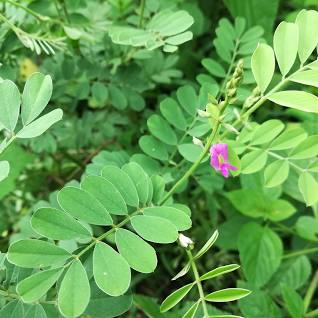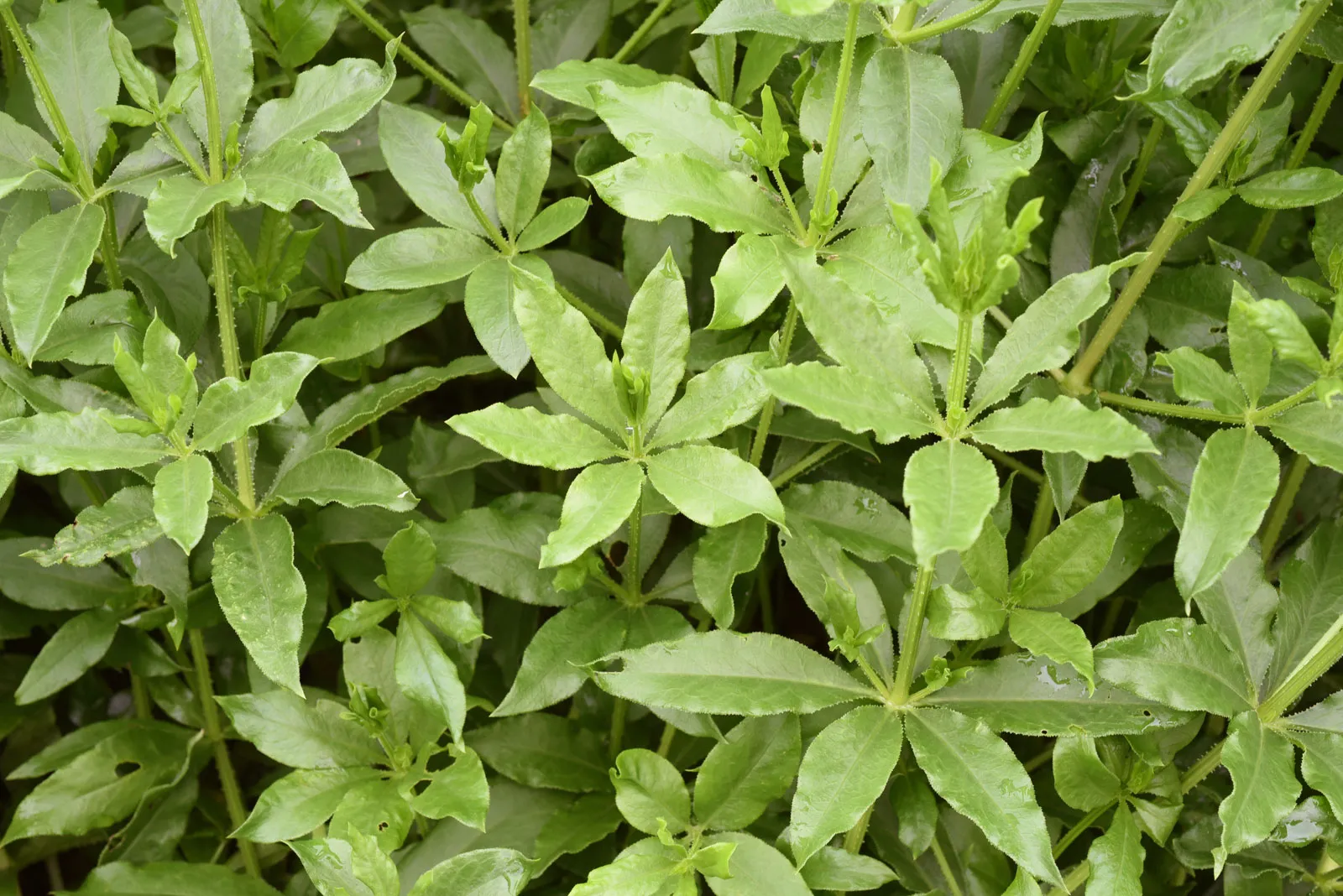What Do you Know About That Flag?!
- Krista Moser
- Jul 2, 2023
- 5 min read
Have you ever wondered about the history of our national flags? How they were made, who designed them, and why they chose the fabrics they did? I was just thinking about this, this week, after doing my own hand-piecing project. What it must have been like to do everything by hand, including those early flags. After all, they are kind of like quilts :) Here in America our stars and stripes have gone through several iterations on their way to becoming what we display today. Crystal is our resident historian around here, she loves to dig up interesting tidbits about history, and I asked her to look into the origins of our American Flag. I think you’ll enjoy what she found!
This quote, attributed to George Washington perfectly states the purpose and meaning of our flag as a symbol of our independence: "We take the stars from heaven, the red from our mother country, separating it by white stripes, thus showing that we have separated from her, and the white stripes shall go down to posterity, representing our liberty."

Betsy Ross flag, 1777
Betsy Ross fulfilled that vision by sewing the first stars and stripes. George Washington and Col. George Ross entered Betsy's shop and asked her to make a flag that would unite the country. They showed her a sketch of a square flag with six-pointed stars. She suggested a rectangle and five-pointed stars. Asked if she could make a five-pointed star, she replied, "Nothing easier was her prompt reply and folding a piece of paper in the proper manner, with one clip of her ready scissors she quickly displayed to their astonished vision the five-pointed star; which accordingly took its place in the national standard." link
On June 14, 1777, the Continental Congress passed an act establishing an official flag for the new nation. The resolution stated: “Resolved, that the flag of the United States be thirteen stripes, alternate red and white; that the union be thirteen stars, white in a blue field, representing a new constellation.” link

"It’s the stuff of elementary school pageants and patriotic legend: In the capital of a new nation at war with its colonial rulers, a widowed seamstress made history when she fashioned the first American flag. Her name was Betsy Ross. Although a beloved national myth holds that the Philadelphia upholsterer helped design and stitch the emblem of the United States, Ross’s involvement in the history of the American flag is widely regarded as apocryphal." link
Did you know Betsy Ross had been unseated from her place in American flag history, I didn't! I hate to see Betsy so maligned, but apparently, it's common knowledge.
Betsy was never credited with being the maker of the flag, but she continued to tell her children and grandchildren the story until she died in 1836. She was first credited with making the American flag, in 1870, when her grandson, William Canby, made a speech to Pennsylvania's Historical Society.

There is no documentary evidence to verify her story, but Betsy Ross and her daughters were both flag makers. She made flags for the Pennsylvanian Navy during the American Revolution and continued to make them after the Revolution for the next 50 years.
Historians no longer believe she designed the first flag, but they can't prove she didn't either. Nor, do they know who was the designer. There are a few theories, though.
Continental Congressman Francis Hopkinson, a signer of the Declaration of Independence, may have been inspired by John Hulbert's six-pointed star flag that he made for his militia. In July of 1775, a 13-star, 13-stripe flag was flown at Fort Ticonderoga. Hopkinson may have been influenced by Hulbert's design. Others believe Hulbert was the original designer, because a tattered and extremely old flag with six-pointed stars, as many as 200 hundred years old, was found at the house where Hulbert once lived.

It's more likely that Francis Hopkinson is the original designer, and that he used Hulbert's original design, but changed the six-pointed stars to five-pointed stars. He used the same colors in the Great Seal and he worked on the first American coins. "There’s a letter he wrote Congress, three years after he designed these things. In 1780, he said that it had been three years and he had not been paid. He would settle the matter for a “Quarter Cask of the public wine.” link I bet you would too!
Francis Hopkinson was a patriot, lawyer, poet, artist, and signer of the Declaration of Independence. He also sold port wine and a variety of fabrics. There's a long history of wine, women, and.....sewing!
Fabrics
A wool bunting fabric, produced in England, was the material choice for early American flags. It was favored over cotton, which faded more quickly and didn't unfurl as well in the wind. Linen was also used to make stars, or to make flags, because of its strength. Silk was used for military flags and special occasions but it was expensive. In 1865, toward the end of the Civil War, President Lincoln signed a law requiring the federal government to purchase flag bunting only from American manufacturers.
Hemp was the most commonly used fabric for outdoor flags because it's tough and can withstand changes in temperature and the ravages of wind and rain. Wool was used because of its durability and ability to shed water. Flags were often made from cotton or silk and made by hand until sewing machines were mass-marketed in 1855.
Early Americans used natural dyes to make the red stripes and the blue backgrounds. Undyed or bleached material was used for the white part of the flag. The red dye was made from the root of the madder plant or from a female cochineal, an insect that lives on specific cactus plants. Blue dye was made from the woad and indigo plants which contain blue dye in the leaves. So, all you had to do was spot a patch of indigo or madder, hang it to dry, crush it up, and hey presto, you have Rit Dye!
Indigo and Madder Plants
The most common method for assembling the American flag has been sewing pieces of dyed and undyed fabric together, and then sewing or embroidering the stars onto the blue material.
Here are some terrific textile projects of the American flag from across the Smithsonian.


Mary personalized her quilt with the name of her son, George Teter, and the names of the Generals under whom he served. She also quilted the names Abe and Abe Lincoln.
She appliquéd thirty-four stars in the center diamond and the same in the border. They represent the number of states in the Union during the Civil War years.

Since our founding in 1776, there have been 27 different versions of the flag. Each new flag represented the addition of one or more states.

Events, like wars and politics, continued to bring about changes in the flag. To see how the flag changed over time, click this link.
And, as we celebrate our freedom, we must remember the sacrifice of those who died on 9/11. Our flag forever stands as a symbol of sacrifice, freedom, unity, and courage. Long may it wave o’er the land of the free and the home of the brave.

I hope you found something interesting here. I learned a few things too.
Happy Sunday everyone and Happy Independence Day, too!
Crystal King
Our number one request is a Honeycomb Hexagon Kit. You asked, and we listened! We just added Honeycomb Hexagon Fabric Kit to the shop!
Follow all my quilty adventures on Instagram, Facebook, and Pinterest. Visit my Youtube channel for free tutorials and tips. If you like my patterns, you can buy them on Etsy, and here on the website.










